“Incredible India” is the lead marketing slogan of India’s Ministry of Tourism, and well it should be!
It’s undeniably true for oh so many reasons, both compelling and frustrating for the traveling photographer. Compelling for the magnificent array of photo opportunities India entices us with, and frustrating for the unique set of challenges that can hamper our ability to take full advantage of those opportunities.
There is quite literally more than enough photogenic diversity of people, cultures, events, religions, landscapes, cityscapes, street scenes, industries, architecture, wildlife, and historical grandeur on the subcontinent to keep any photographer busy for a lifetime, and probably several!
This is true not only because India is a vast country with so much to photograph, but because the day to day difficulties of getting around and getting the job done will slow you down and obstruct you more than you would think.
Generally speaking then, you won’t want to bite off more than you can chew on any single trip. It’s a place the average traveler tends to love or hate, but these emotions can shift from one pole to the other several times in any given day! It can be quite overwhelming for the uninitiated.
The following insights are NOT technical in nature. Rather our aim here is practical; to offer some ideas on how to prepare yourself for a successful photographic journey, and how to navigate yourself toward that success once you arrive.
Insight 1 – Define Your Project, Develop a Narrative
Why are you going to India? What type of pictures do you intend to make? What kind of story do you hope to tell?
Even if it’s just general travel photography you should have some definite ideas, and even a theme or two in mind.
Making a shot list of “must have” images or themes to explore is very helpful.
You may end up abandoning some ideas, but don’t give up easily. Your list can expand or narrow as things unfold, but it should be well tended and paid daily attention to.
Things are never as you expect them to be on the ground, so you must also be nimble and ready to make adjustments, while not losing sight of your project objectives. Otherwise you risk falling prey to the exigencies and difficulties of traveling in India, and may find yourself having returned home with only a handful of nice single images, and wondering what happened!
To help ensure that won’t happen, keep asking yourself along the way – is a central narrative emerging? Do I have the quality images I need to tell the story effectively? If not, why not, and what can I do about it?
Insight 2 – Do Your Homework
Once you know your project objectives, or at least have a few good working ideas, it’s essential to find out as best you can what obstacles you may face in achieving them.
Let’s say you decide to photograph the great architectural feats of India in new and compelling ways.
Naturally you will want to include the Taj Mahal in Agra. That millions of photographs of the Taj are taken every year leaves you undaunted! You do an image search and come up with a few ideas to work from, and you like shots taken from outside the Taj grounds best.
You are blown away by that famous Steve McCurry image of the old steam engine with two men riding the front and the Taj standing majestically across the Yamuna River in the background. But when you do your homework you discover there are no tracks, no train, and that they were brought in specifically for a photo shoot! Back to the drawing board.
The second shot that intrigues you is children splashing and playing in the river with the Taj looming large in the background. But a little homework tells you, due to an increased security perimeter in recent years, only locals from the adjacent village can access the river bank. And the rules are strictly enforced! Now what?
More homework. You find out that on the eastern end of the river, with a clear view of the Taj, there is a boatman who takes the occasional local across. Is he allowed to take an intrepid foreigner with a camera? Yes. Great! That’s a start.
Any images that might result are up to you as the photographer, your perseverance, and your creativity.
Finding out in depth and specific information about potential shooting locations can be time consuming and sometimes contradictory. Another thing about India, is that things are always in flux and can change on a dime without rhyme or reason.
It’s highly recommended to seek recommendations from other photographers, especially those who have recently been. Indian photographers can be even more helpful for obvious reasons, although you will want to confirm any vital information with more than one source. Ask around, spend time on Google and social media to search for possible contacts, then introduce yourself.
Insight 3 – Hire a Fixer
Wherever you travel in the world as a photographer, it’s always a great idea to have a trusted local along to do the lead blocking for you. This goes triple for a place like India. Ideally this will be a fixer, a person whose profession it is to guide and provide logistical help for photographers.
If not affordable, ($100 – $150 per day in India), a regular guide ($35 – $50 per day) who is resourceful and understands photography a fair bit, can still be of considerable help. Or you can try a local university that offers advanced photography courses, and see who might be willing to help you.
Your focus is photography. So the less time and energy you spend dealing with the hassles of getting around on your own, the more time and energy you will have for photography. The most important thing you hope to gain with a fixer, is invaluable inside access. And I do mean invaluable.
Warning: Be very selective of a fixer or guide and make sure they are trusted professionals who have a clear understanding of what you require from them. It is not at all uncommon for general guides in India, and even some fixers, to steer you in directions designed to help them make extra money, more than to help you get the images you’re after.
If you feel at any point you are being taken advantage of, you probably are! To mitigate the chances of this, seek strong referrals from other photographers.
Insight 4 – Getting the Picture – Be Politely Fearless
Be very polite (but not obsequious) and respectful when dealing with authority, even minor authorities or locals that might be able to help you. This is a good idea anywhere of course, but even more so in India. Such persons may turn out to be your “best friend” for a particular shoot.
When trying to gain access or take photographs of seemingly off limits places, be prepared to hear a number of “no’s” or “vague maybes” before you finally reach the person who can and will say “yes”. Do not be afraid to push your guide or fixer to go the extra mile, even if they seem hesitant. You’re paying them quite well, after all. Take “no” for an answer, but only after you have exhausted all the possibilities of getting a “yes”.
Indians by and large are happy to be photographed, and even take some pride in being chosen by you, the talented and gracious photographer! Men are easier to photograph than women, as women tend to be more shy and modest. They sometimes need more coaxing, or require more stealth on your part, whichever the image calls for.
If a woman is obviously not happy being photographed, just smile and offer a nod of respectful understanding. Do not force the issue.
There are no laws on the books against photographing people in public in India, but on rare occasions women have filed complaints with the police claiming their “moral decency” had been violated. Expect “No Photography” signs to be enforced, even seemingly senseless ones.
Introductions & Permissions:
Documentary photographer Sebastiao Salgado once advised me that if you go to a village or a factory or into the fields, “…you must get introduced or introduce yourself to whomever it is that can give permission in that situation. Explain yourself in a way that makes your being there important for them… Know what you want to do, what your project is going to be about, and that your reasons for doing it are very important to you. If they are not, the difficulties of any given situation may overcome your dedication to it, and your work will reflect it”.
Do as much research as you can. Wherever possible, develop contacts for your introductions ahead of time.
In other words, if you hope to get inside access, you need to politely pitch the person or persons who can grant you that access. Just walking around and hoping to get lucky won’t get the job done. Not only that, in certain areas it might well get you in trouble.
The Manikarnika cremation ghat in Varanasi is one example. You are OK shooting from a boat these days, but to get close you definitely need permission, or risk serious injury to your camera! If you are working on a well-defined project where such images are important, you can seek permission from the local magistrate.
There is no fee and a police escort from the precinct will be assigned to you. For about $150 in baksheesh, you can try to gain permission from the doms who control Manikarnika. This is technically illegal and not always possible.
In terms of permission on the street, you can tip your camera to indicate that you’d like to take a photo, but it’s not really necessary. Just take it. Better to give a nod of respect and a smile after than before. Don’t let a stern look put you off, as very likely it means nothing, unless you’ve wandered into a sensitive area.
Indians like to take stock of you as a foreigner, and so the initial look may well be stern in appearance. But as soon as you smile or otherwise engage, they will usually drop their guard and welcome you. If you enter a sensitive neighborhood, you definitely want to seek permission using the Salgado method. Things can turn ugly otherwise.
If you spend time photographing certain people and they have gone out of their way to help you – offer to send them some of the images via email or social media. Some will accept and some won’t, but they will all appreciate the gesture. And when they do accept, by all means do follow through! If you return in the future, they will love you forever if you bring them a print or two.
Insight 5 – Undercover Gear
India has a lot of very skilled thieves and pick pockets who know tourists often carry expensive camera equipment and gobs of cash. When flying, you will want everything critical in the cabin with you. If traveling by train, lock your bag to something and keep the strap looped to some part of your body.
When walking around or shooting, either keep your bag on your body or have your fixer carry it. Never leave it unattended, as it can be gone in a flash.
One thing many pro photographers do – that amateurs all proud of their shiny new expensive gear don’t – is disguise their cameras, lenses and bags, by making them look like crap!
That’s right, make yourself look more like a hobo tourist than someone with thousands upon thousands of dollars of photo equipment on you.
I am not saying you have to cause permanent superficial damage like some do, but you might be wise to slap dirty duct or box tape on your camera and lenses to make them appear less potentially profitable to the thief.
You can also black out logos with electrical or gaffer tape. As for your bag, think inserts. Use a beater bag that’s large and strong enough for your needs, and put protective inserts inside it. You don’t need to be paranoid in India, but you should be cautious and aware.
Insight 6 – Charging Batteries, Connecting to the Internet
Losing power for indefinite periods multiple times a day is still fairly common in India, and power surges that can fry devices do happen. A universal adaptor and power strip that doubles as a quality surge protector is recommended.
Plus more extra batteries than usual, just in case. Outlets are 230V and either 3 pin “D” or 2 pin “C”, aka Europlug.
Most hotels these days, including backpacker places, have WIFI. However, it is very often slow and unpredictable. A far more reliable and faster way is to buy an India SIM card with plenty of data and using it as your own private Hotspot. Cards are affordable and widely available.
Insight 7 – Gastro Intestinal Fortitude
There is a lot of wonderful food in myriad styles all over India, but there are also myriad styles of bacteria and other nasty microbes that don’t get on well with western gastrointestinal tracts. Educate yourself on necessary precautions and remedies. Do NOT try to eat on the cheap. Avoid street food at all costs. What little you save will cost you untold more in belly distress, toilet visits, lost energy and time photographing in the field.
Eat at clean places that cater to middle-up tourists or upper-middle-up Indians. They are quite affordable by western standards. Even at nice places its best to avoid peeled fruits and salads, unless you have it on good authority they are hygienically prepared. Still, as a victim of both amoebic dysentery and food poisoning, I would not risk it. Peel your own fruit. Forgo the salad. You might get away with it once or twice, but sooner or later India will get you.
One street food exception – hot chai. It’s heated to boiling and fine to enjoy, no matter how battered and blackened the pot may be, and is a great energy booster for those pre-dawn starts.
Insight 8 – Social Awareness
Keen on You: Indians are quite naturally social, generally friendly, and genuinely interested in you as a traveler. You will immediately discover what it’s like to be a celebrity! Hawkers, hucksters and beggars are common and genuinely interested only in your money, which is yet another reason to have a local doing the lead blocking for you.
Line Wrestling: Speaking of lead blocking… In a country of 1.3 billion people there is a lot of competition for everything, including getting to the front of queues. Don’t be surprised at cutting, pushing & shoving, and be prepared to return the favor. If not, you may never get to the front!
Lost in Translation: Don’t take “Yes, see at 5 o’clock” for an answer. It’s more likely to translate as “Maybe I’ll see you around 5:30 or so.” Be sure to confirm, reconfirm, and reconfirm your reconfirmation until you feel a solid “contractual obligation” has been fully understood and agreed to.
There can be a big difference between your brand of English and the various Indian versions.
Female Photographers: You will often see signs or billboards or bumper stickers saying “I Respect Women” or similar. There is good reason for this – thousands of years of not respecting women. Attitudes are changing, but slowly.
So for women photographers not wanting to get hassled, dress modestly, carry yourself confidently, don’t take any guff and you’ll be fine. Blondes should expect more leering and unwanted attention than brunettes.
Be wary of posing for photographs with strange men who approach you – this may turn into a “look at my conquest” post on social media.
Horn Please! The ubiquitous “Horn Please!” signs on the backs of vehicles is both a source of humor and lament. The way Indians lean on their horns would cause road rage incidents to spike 10-fold in the West, but here it’s so normal it’s become habituated.
Such habituation has made people largely deaf to the noise, which means horn-blowers have had to become even more obnoxious with their honking. Souped-up air-horns on trucks will have you jumping in your seat.
Extra shrill horns on motorbikes at extremely close range will make you want to backhand the rider into the Ganges! But don’t. It’s just part of the madness and general mayhem of India that has to be met with as much aplomb as you can muster.
The best way to avoid having your eardrums blown out, is to be extra aware of the sound of bike engines from behind, and move to the side early. Even then, they may still honk! I do NOT recommend earplugs or listening to music while walking around in India. You need all your senses at maximum awareness.
Insight 9 – Namasté – Maintaining an Attitude of Enjoyment
“Namasté” is the general greeting in India, which means essentially, “I bow to the divine within you.” A proper namasté is done as a slight bow with palms together, fingers heavenward, and thumbs to the chest at heart level. Use often, and moreover, try to really feel that meaning. Trust me, it helps!
Despite the hazards and difficulties, India is such a fantastical place that a sense of pure enjoyment is very often easy and spontaneously experienced.
You will marvel at the sensory overload – the unfolding of an extraordinary procession of sights, colors, sounds, smells and tastes all wrapped within a miraculous chaos that somehow holds together.
If you decide to photograph India, it’s highly recommended that you leave your Western expectations at home. India works in its own inimitable way, at its own pace, with its own rhythms, rules, social customs and mores.
When you feel like laughing, laugh. When you feel like crying, laugh! It is India’s multifarious non-stop uniqueness, however frustrating it can be at times, that makes experiencing and photographing it so richly rewarding.
Namasté!

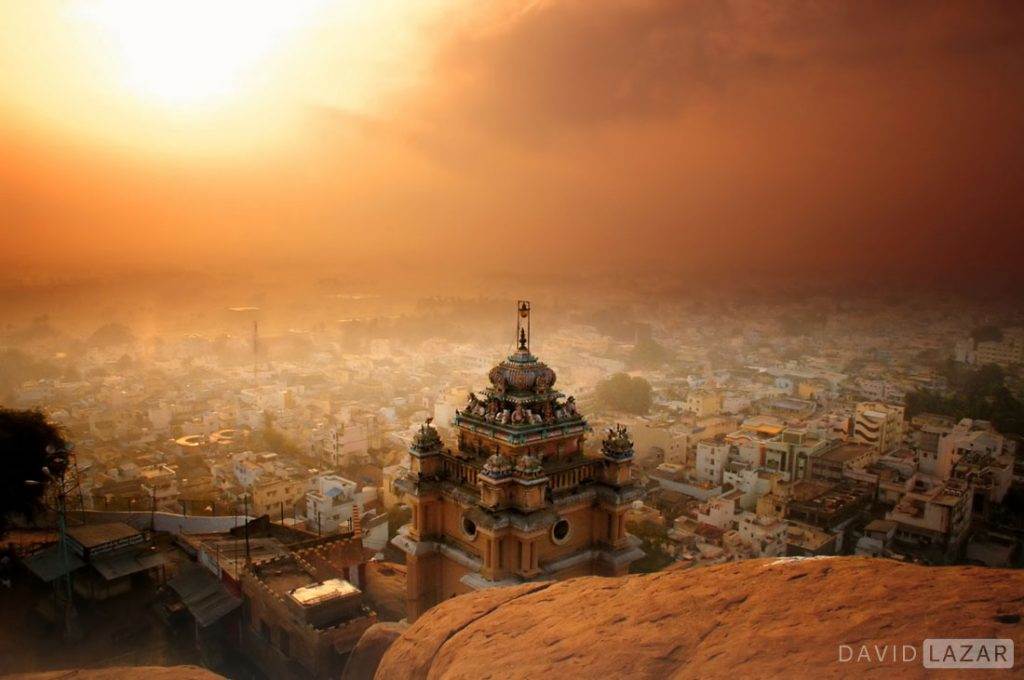
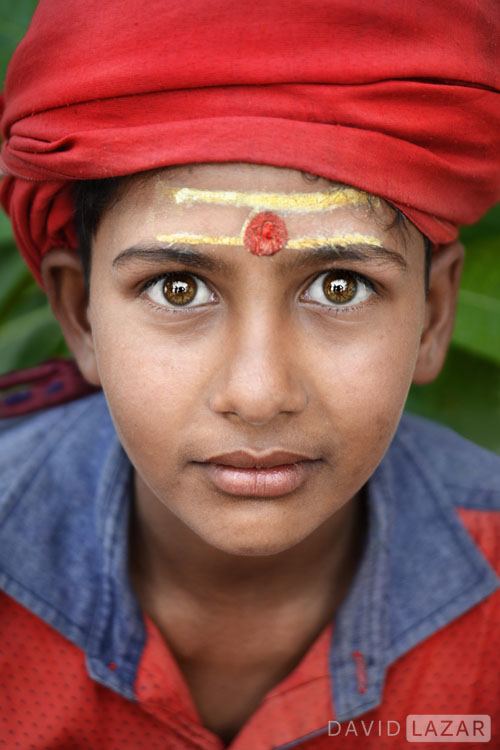
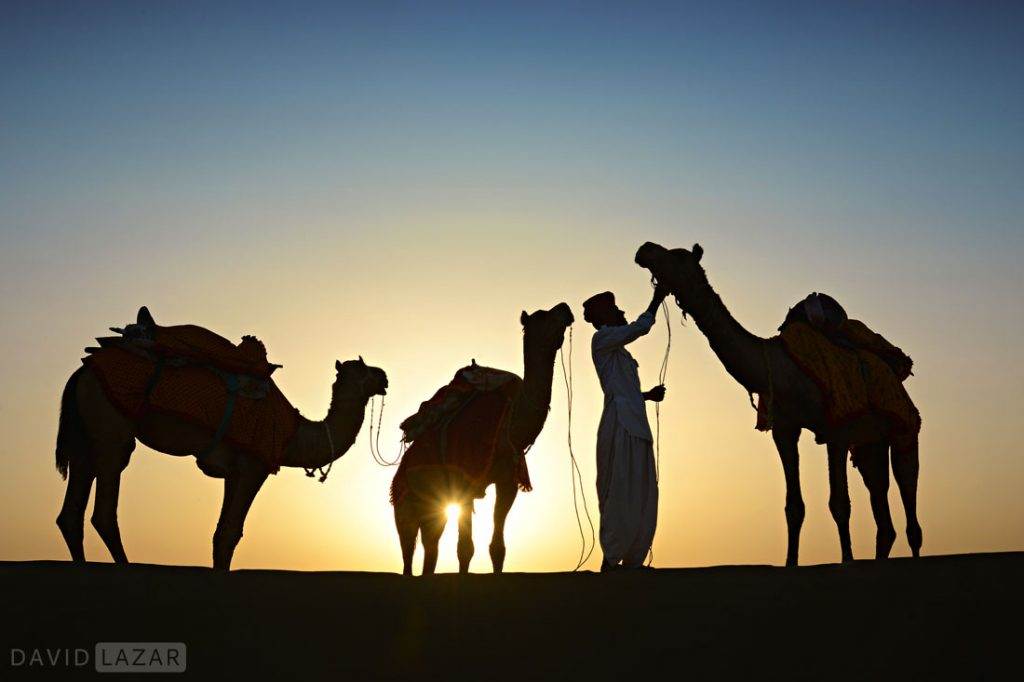
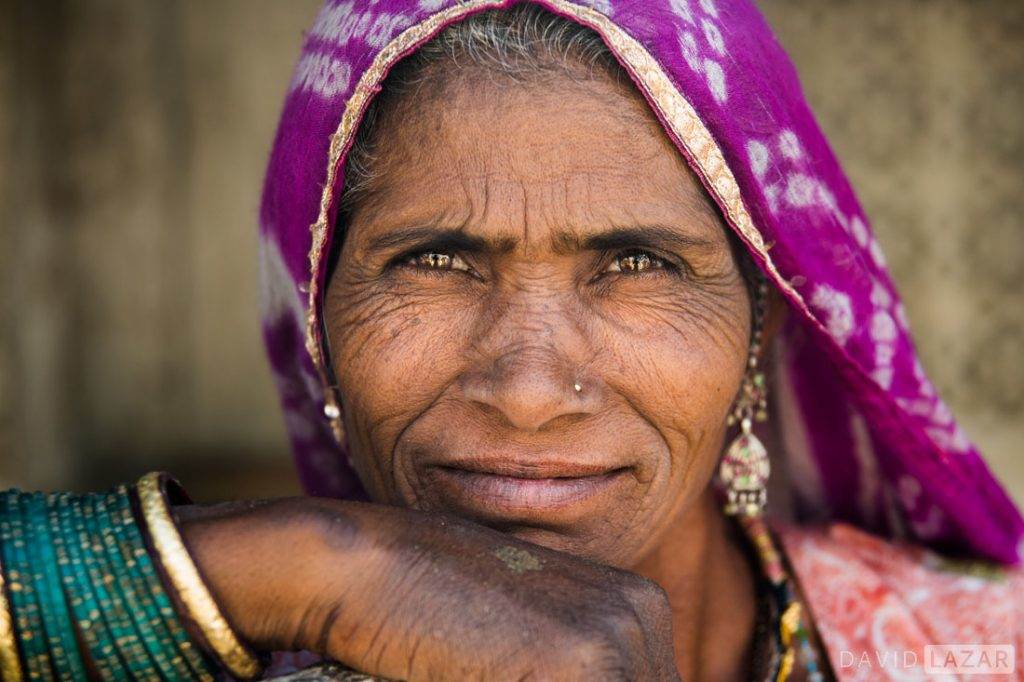
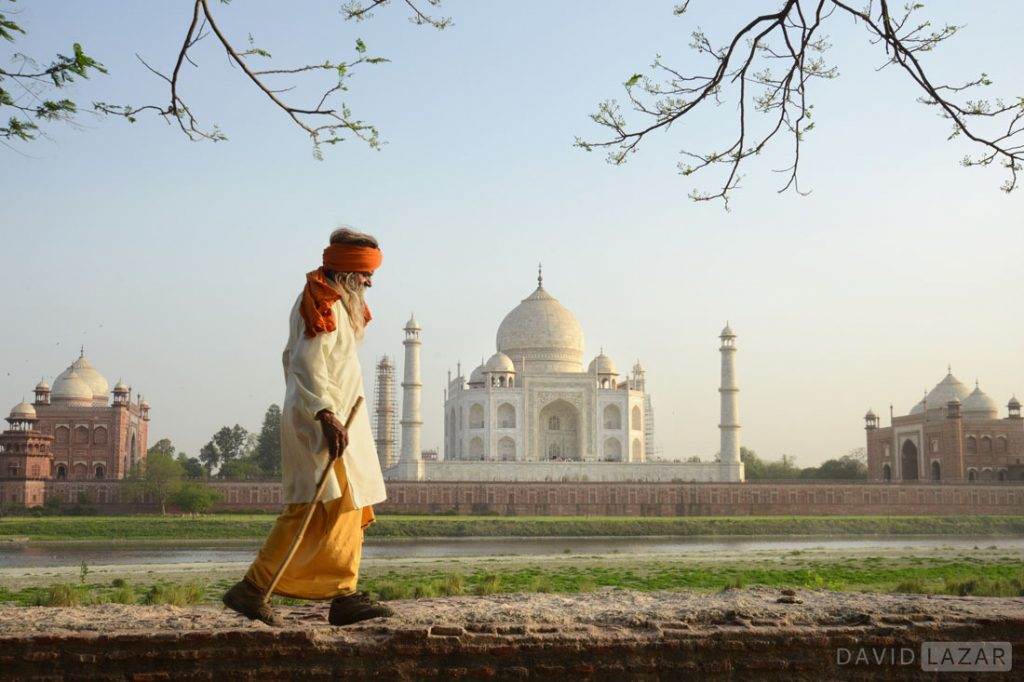
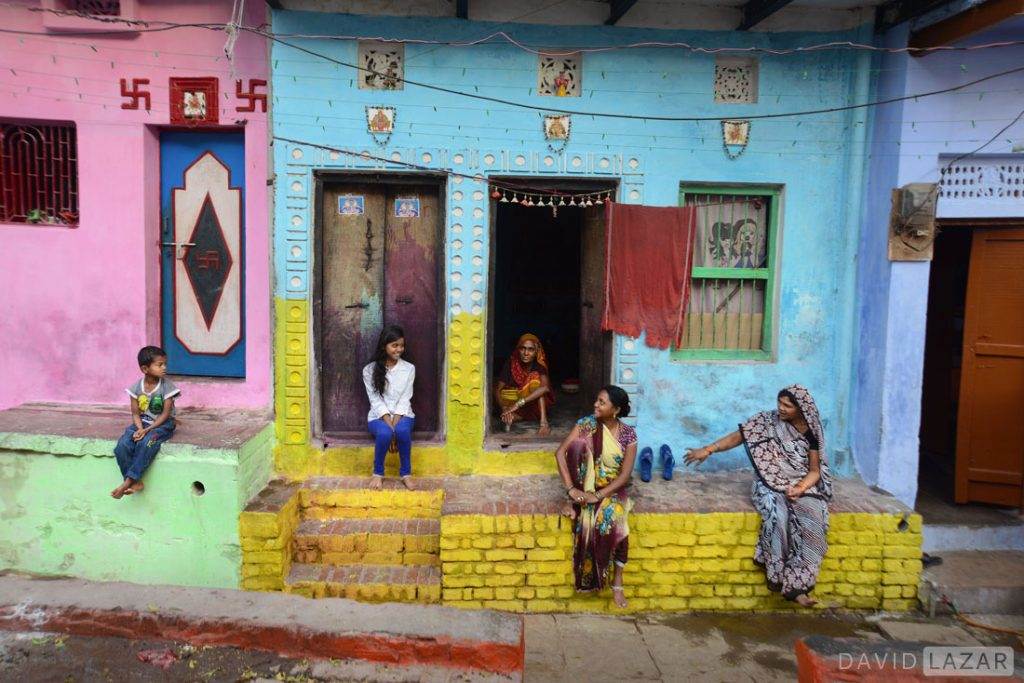
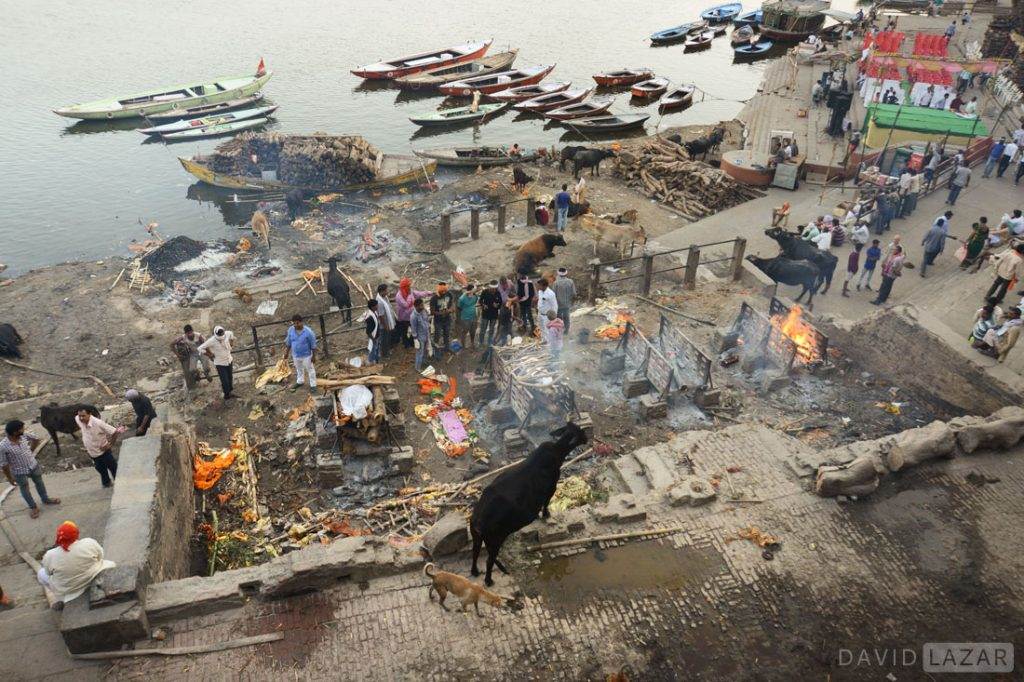
Great tips for traveler.Thanks for it.